The application development of the Internet of Things is inseparable from the continuous development of communication technology. So what are the communication technologies used in the Internet of Things? We can simply divide it into wired communication technology and wireless communication technology. This article will introduce wired communication technology.
What are the wired communication technologies?
Wired communication technologies include Ethernet, RS-232, RS-485, M-Bus, and PLC. The above are the common wired communication technologies in our lives. Let’s explain the characteristics and applications of each wired communication technology in detail.
Ethernet communication technology
Ethernet is the most common communication protocol standard used in existing local area networks today, including standard Ethernet, fast Ethernet, and 10G Ethernet.
In the smart home Internet of Things, the home router broadband technology we are usually familiar with has designed Ethernet technology.
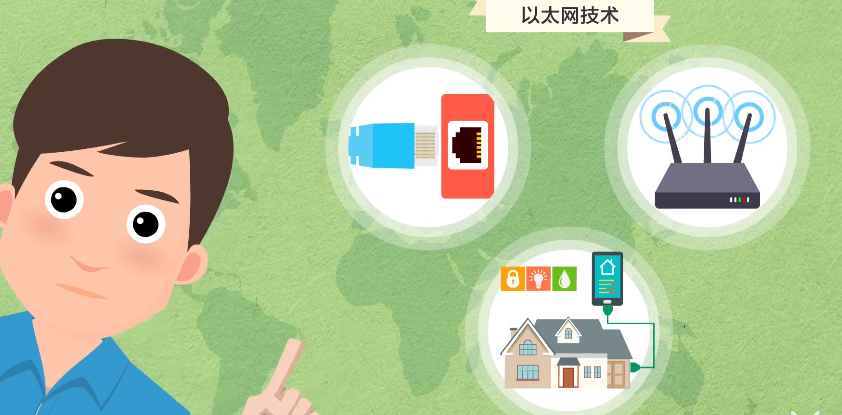
RS-232 and RS485 communication technology
(1) RS232 is one of the communication interfaces on personal computers. It is an asynchronous transmission standard interface established by the Electronic Industries Association (EIA). Usually the RS-232 interface has 9 pins (DB-9) or 25 pins. The form of feet (DB-25) appears. Generally, there are two sets of RS232 interfaces on computers, called COM1 and COM2 respectively. Currently, RS232 and similar interfaces are widely used in monitoring and control systems.
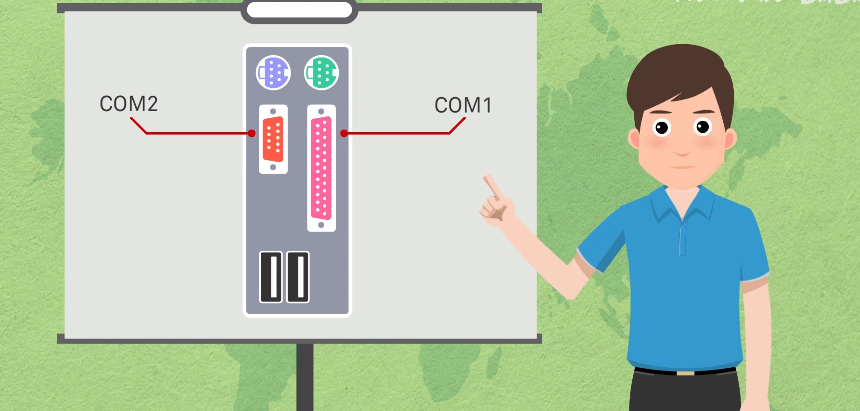
(2) RS-485 was developed to solve the problem that the RS232 interface can realize point-to-point communication, but cannot realize the networking function. The difference between RS-232 and RS-485 is simply:
The first transmission method is different. RS232 uses unbalanced transmission, which is the so-called single-ended communication, while RS-485 uses balanced transmission, which is the differential transmission method.
The second transmission distance is different. RS232 is suitable for communication between local devices. The transmission distance generally does not exceed 20M, while the transmission distance of RS-485 is tens of meters to thousands of meters.
The third communication quantity is different. RS-232 only allows one-to-one communication, while the RS-485 interface allows up to 128 transceivers to be connected on the bus.
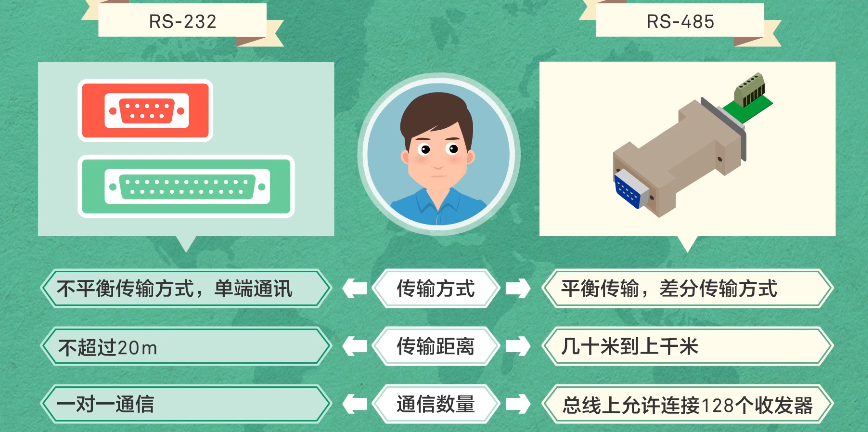
Of course, nowadays, there are also devices that combine RS-485 with wireless technology. For example, this device from Zongheng Intelligent Control – (ZHC4012) 4G DTU provides a channel of RS-485, which can transmit the collected data to the cloud through 4G. .
M-Bus communication technology
The full name of M-Bus is Meter Bus, also known as household meter bus. It is a European bus standard for non-power user meter transmission. It is specially designed for data buses that consume measuring instruments and counters to transmit information. M-Bus is used in arrowheads without and industrial energy consumption data collection has many applications.
The concept of M-Bus is based on the OSI reference model, but M-Bus is not a network in the true sense. In the OSI seven-layer network model, M-Bus only supports the physical layer, link layer, network layer, and application layer. The functions are defined by each layer. Since the upper layer is not allowed to change parameters such as baud rate and address in the OSI reference model, M-bus defines a management layer outside the seven-layer model, which does not follow the OSI model. Manage at one level.
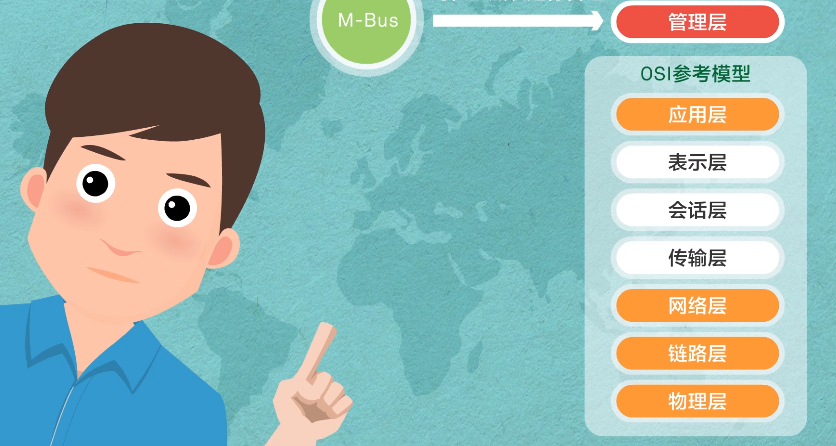
The M-Bus bus was proposed to meet the needs of networking and remote meter reading of utility meters. It can also meet the special requirements of remote power supply or battery-powered systems. The bus topology of the M-Bus serial communication method is very Suitable for reliable and low-cost networking requirements of utility meters, hundreds of slave devices can be connected over a distance of several kilometers.
PLC communication technology
The full name of PLC is Power Line Communication, which is what we often call power communication. It is a communication method that uses power lines to transmit data and media signals. This technology loads high frequencies carrying information into current, and then uses wires to transmit and receive information. The adapter separates the high frequency from the current and transmits it to the computer or phone to realize information transmission.
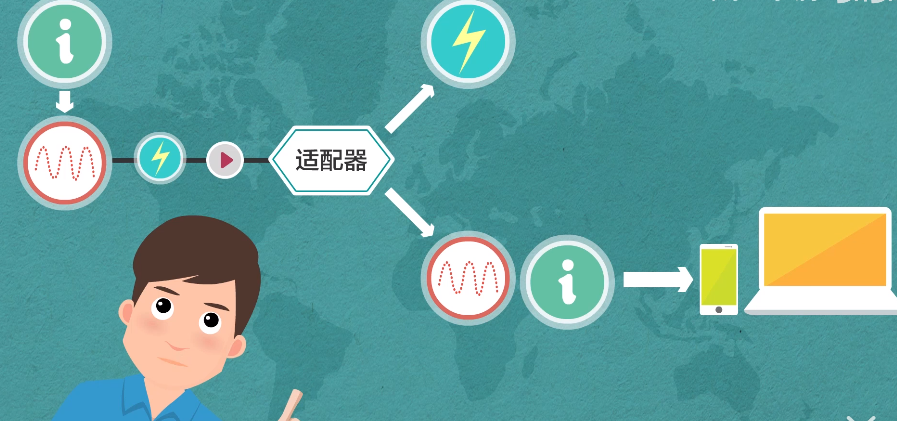
PLC power line communication has various application forms. In addition to the well-known power line communication that can transmit meter data to passerelles industrielles, it can also be used as a home network. PLC is very convenient for transmitting data processing equipment (such as PCs, etc.) and computers. exchange data between external devices.
In addition, information appliances can also communicate with computers. PLC can be used to easily send multimedia data from a TV or VCR to a PC. PLC can also be used for home security, and can transmit images obtained by door surveillance cameras to the TV.